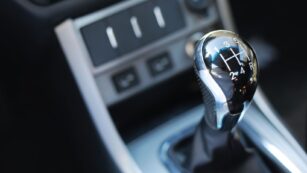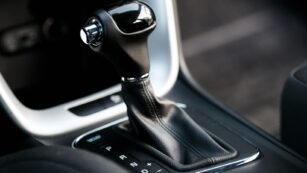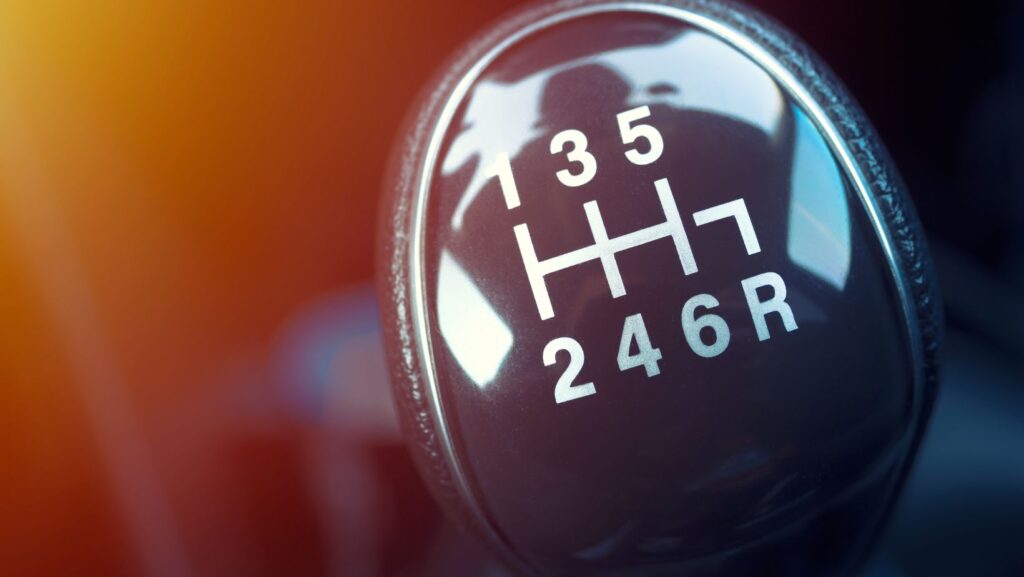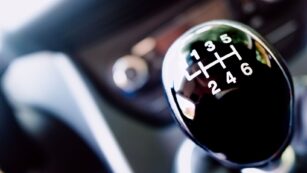In the intricate world of automotive engineering, understanding how gear 5 functions can offer valuable insights into the efficiency and performance of a vehicle. Typically found in manual transmissions, the fifth gear is crucial for achieving high speeds while maintaining fuel efficiency. As drivers shift into this higher gear, they often notice a significant drop in engine RPM, leading to a smoother and quieter ride.
How Does Gear 5 Work
The fifth gear plays a pivotal role in manual transmissions, optimizing vehicle performance and efficiency at high speeds.
Importance in Vehicle Transmission
 The fifth gear, often referred to as the “overdrive,” significantly reduces the engine’s revolutions per minute (RPM) when the car reaches higher speeds. This gear is critical for reducing wear and tear on the engine and for saving fuel, making it essential for both everyday and long-distance driving.
The fifth gear, often referred to as the “overdrive,” significantly reduces the engine’s revolutions per minute (RPM) when the car reaches higher speeds. This gear is critical for reducing wear and tear on the engine and for saving fuel, making it essential for both everyday and long-distance driving.
It enables the vehicle to maintain high speeds without overexerting the engine, which in turn helps in achieving better fuel economy and minimizing engine noise. As vehicles cruise at highway speeds, the fifth gear ensures that the engine does not work harder than necessary, extending the life of the vehicle’s engine and improving overall efficiency.
How Does Gear 5 Work
Engaging with the mechanics of the fifth gear reveals its sophisticated functionality. It demonstrates a critical balance between performance and efficiency in manual transmission systems.
The Role of Gear Ratios
 Gear ratios in a transmission dictate the performance and efficiency of a vehicle. In Gear 5, the ratio is typically higher, allowing the engine to run at lower revolutions per minute (RPM) while the vehicle moves faster.
Gear ratios in a transmission dictate the performance and efficiency of a vehicle. In Gear 5, the ratio is typically higher, allowing the engine to run at lower revolutions per minute (RPM) while the vehicle moves faster.
This higher gear ratio ensures that the engine exerts minimal effort while maintaining high speeds, thereby extending engine life and improving fuel economy. For example, at highway speeds, the ratio might reduce the engine’s RPM from 3,000 to 2,000, which conserves fuel and reduces engine wear over time.
Interaction with Other Gears
In manual transmissions, Gear 5 does not operate in isolation. Its effectiveness depends on the sequential interaction with lower gears. Transitioning smoothly from Gear 4 to Gear 5 is essential for maintaining momentum and ensuring a seamless acceleration curve. This gear’s design ensures that it synchronizes well with the others, providing a bridge to optimal high-speed performance without sudden drops in engine power. This arrangement helps in achieving a smoother ride and more responsive handling, especially at higher speeds.
Applications of Gear 5
Maximizing High-Speed Cruising Efficiency
Gear 5 excels in high-speed cruising, particularly on highways. By allowing cars to maintain high speeds at lower RPMs, Gear 5 significantly cuts down on fuel consumption.
This efficient gearing system not only saves fuel but also reduces noise and engine wear, making long-distance travel both economical and comfortable.
Facilitating Smooth Vehicle Acceleration
Another notable application of Gear 5 is in aiding smooth acceleration, especially when transitioning from moderate to high speeds. Its role is crucial in preventing jolting shifts and in providing a seamless driving experience. As vehicles accelerate, the lower tension in the fifth gear facilitates a smoother gearbox performance, ensuring that acceleration feels fluid and responsive.
Supporting Advanced Driving Technologies
Modern vehicles equipped with advanced electronic control units (ECUs) rely on Gear 5 for optimal performance. These systems integrate with gear 5 to fine-tune engine output and manage fuel efficiency. For vehicles equipped with automatic transmissions, Gear 5 also enhances the functionality of adaptive cruise control, aiding in maintaining consistent speeds without excessive fuel burn.
 Reducing Greenhouse Gas Emissions
Reducing Greenhouse Gas Emissions
Gear 5’s ability to maintain lower RPMs significantly contributes to reducing greenhouse gas emissions. As engines operate more efficiently and consume less fuel, they emit fewer pollutants. This application is critical in the context of global efforts to reduce carbon footprints and promote environmental sustainability in automotive industries.
These diverse applications emphasize the fundamental role of Gear 5 in modern automotive technology, showcasing its impact on both vehicle performance and environmental conservation. Each application not only enhances driving dynamics but also aligns with broader goals of efficiency and sustainability.




